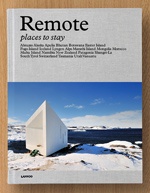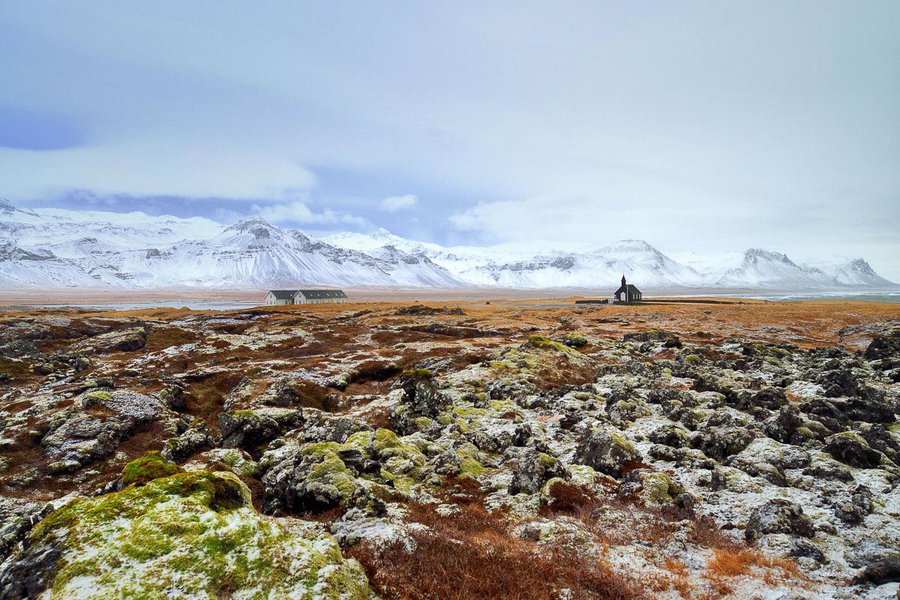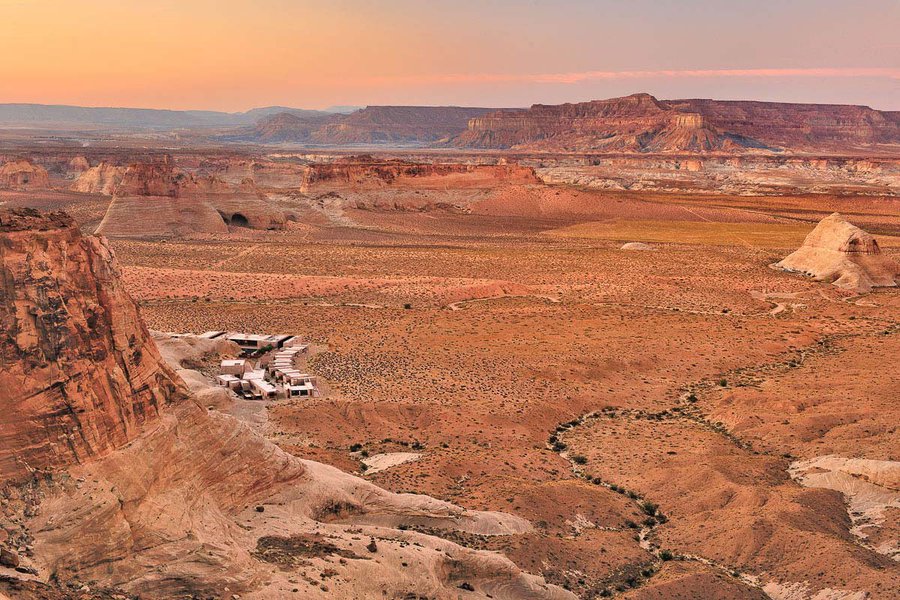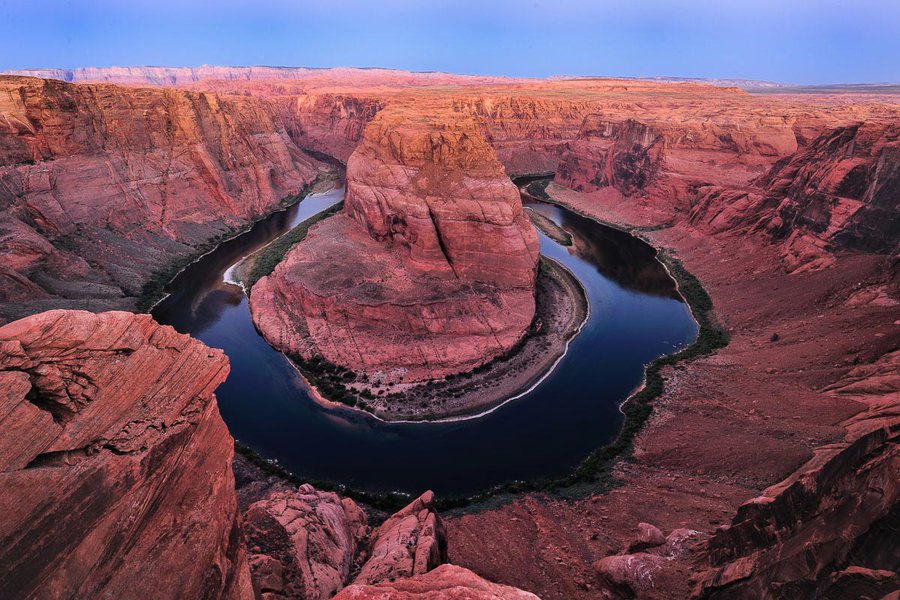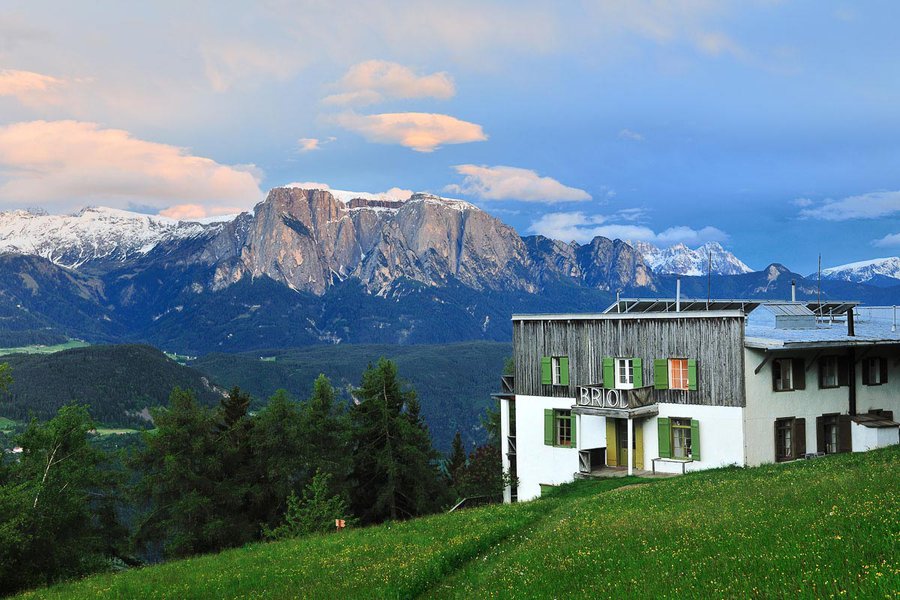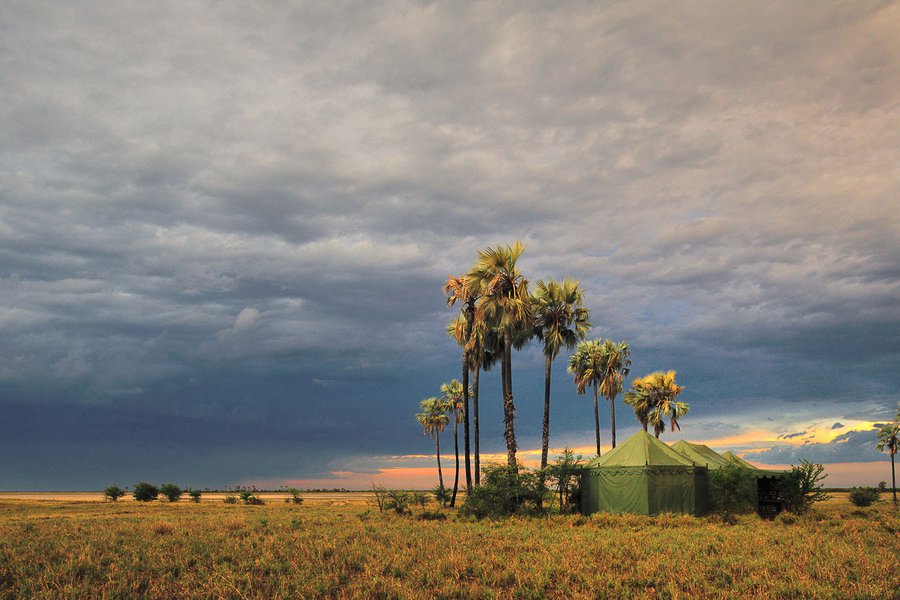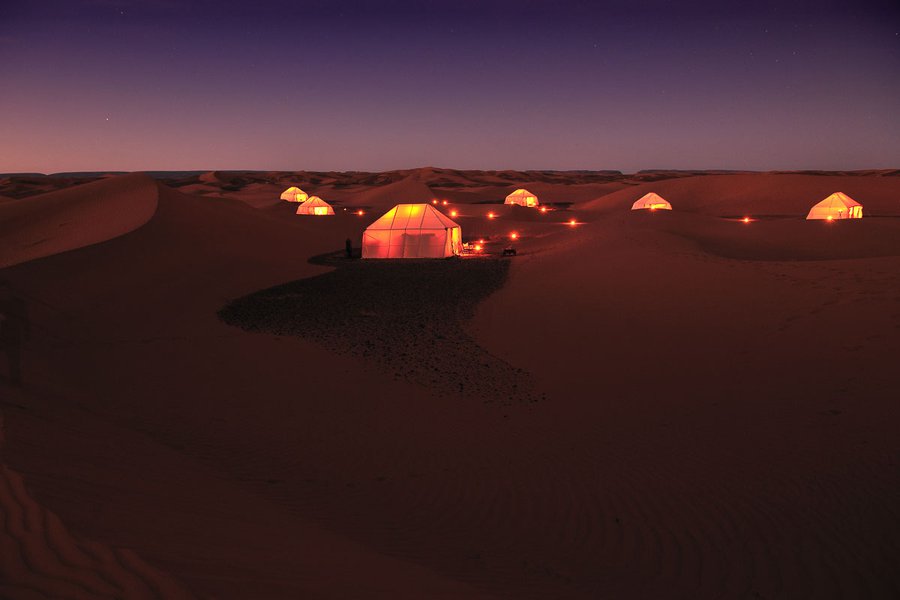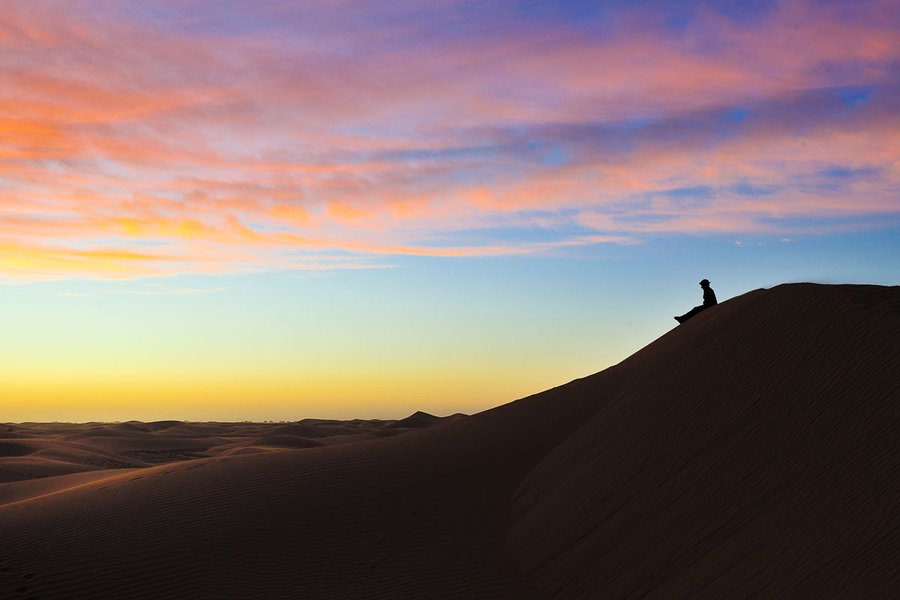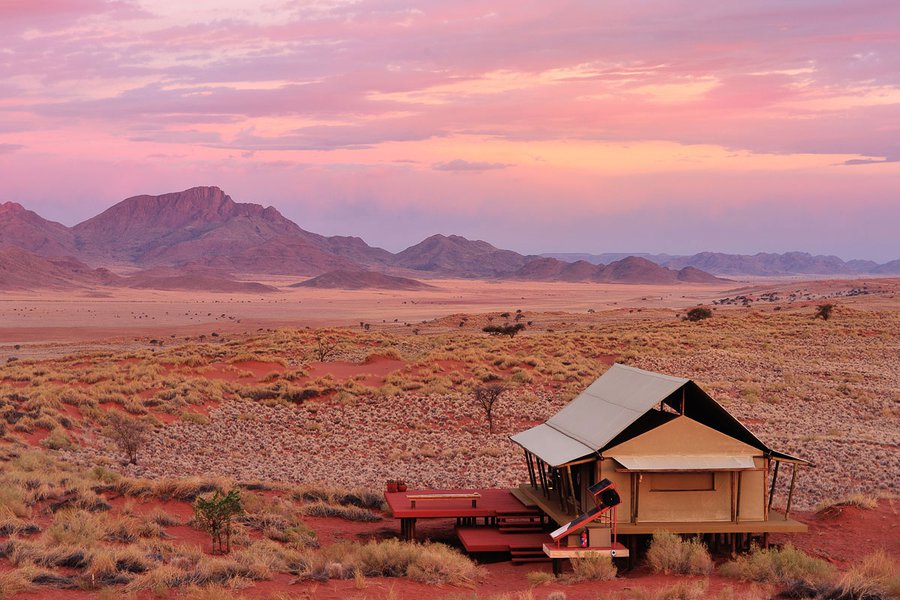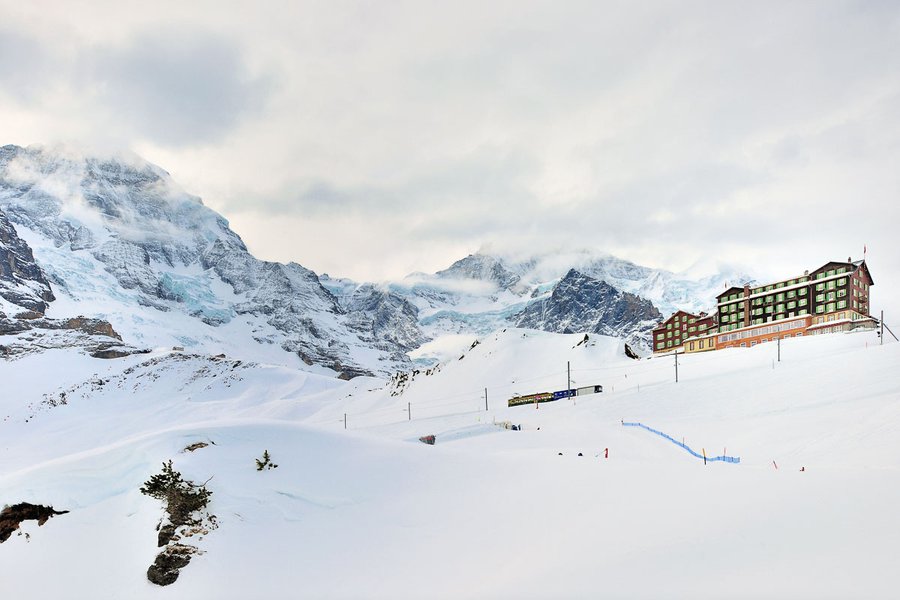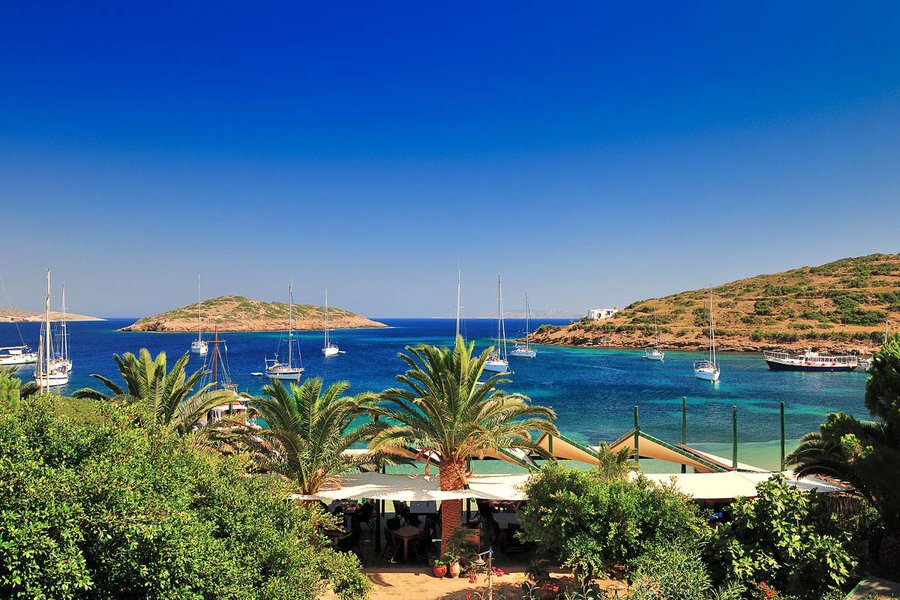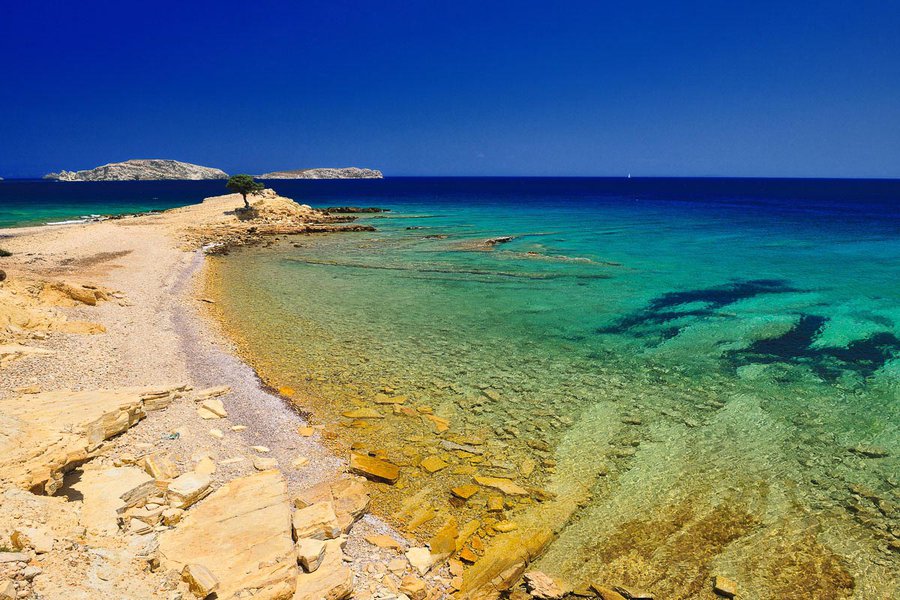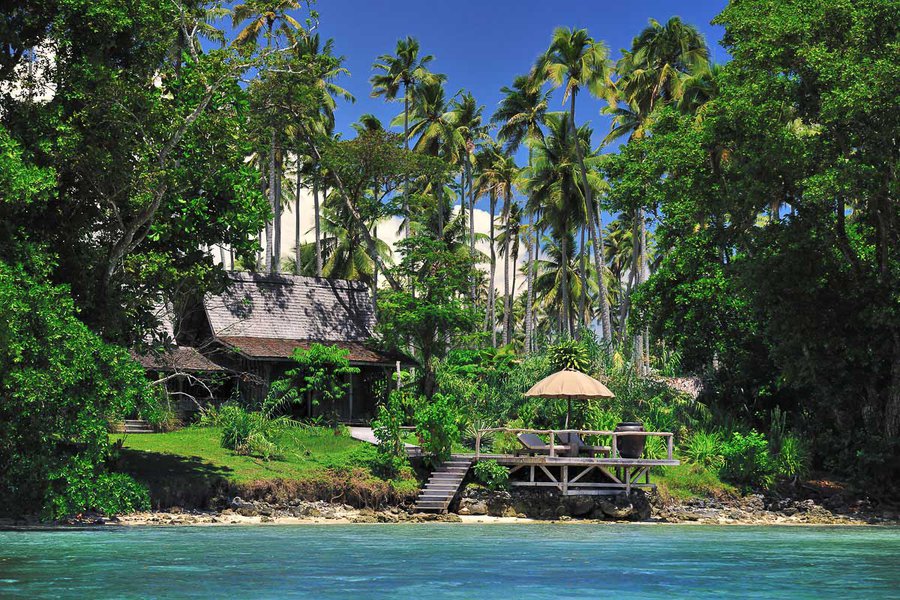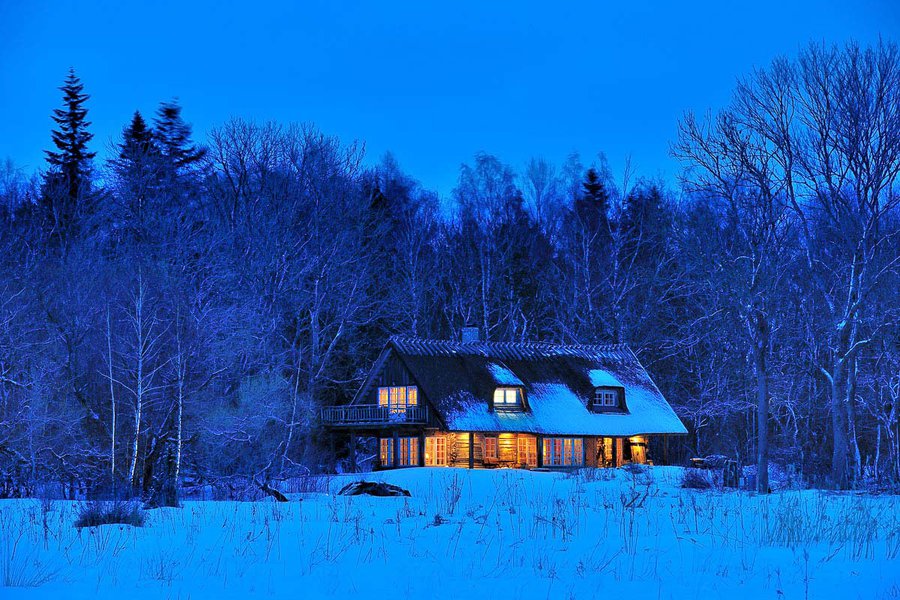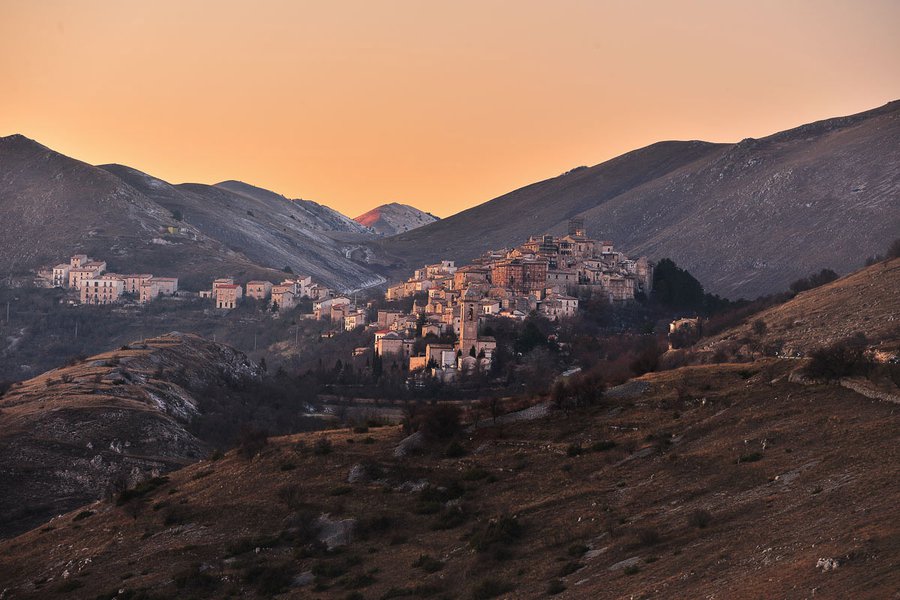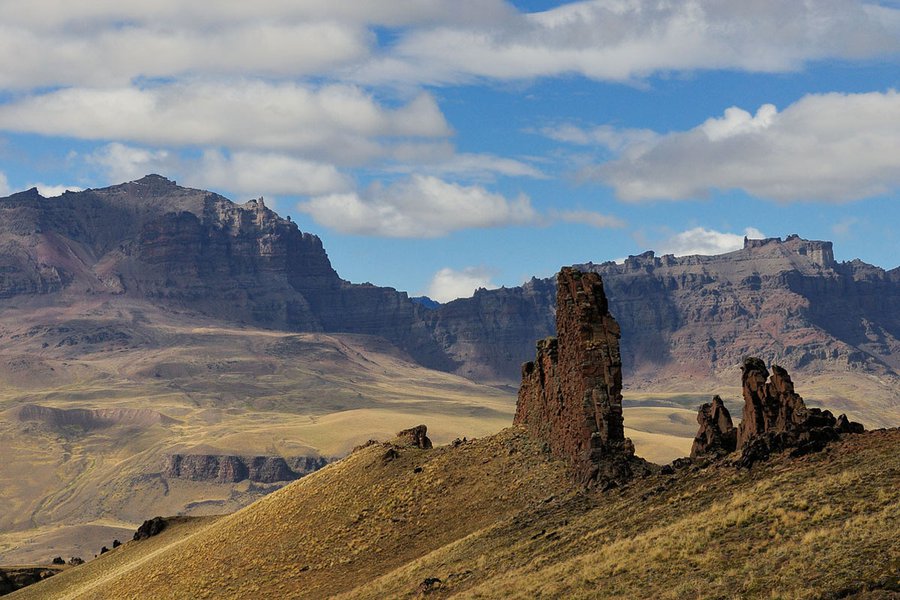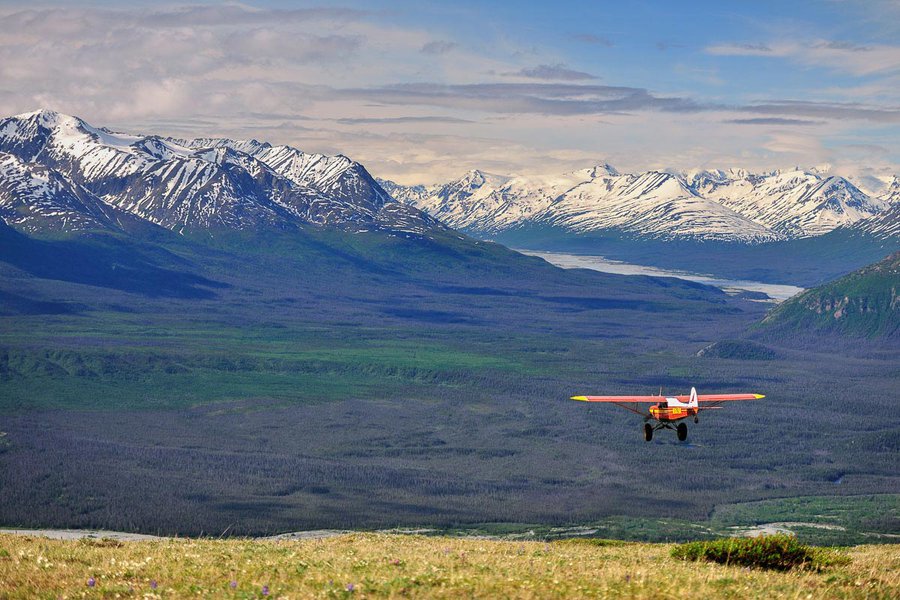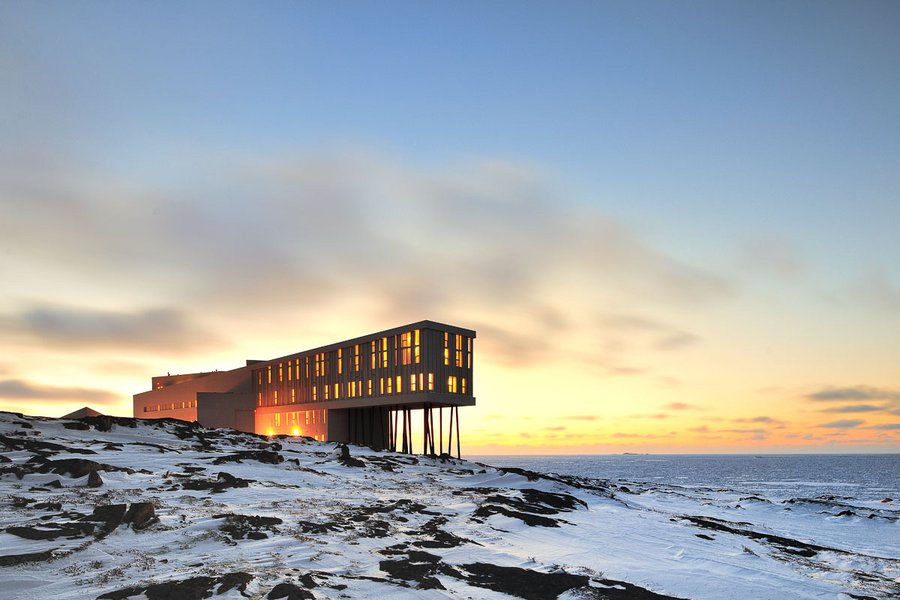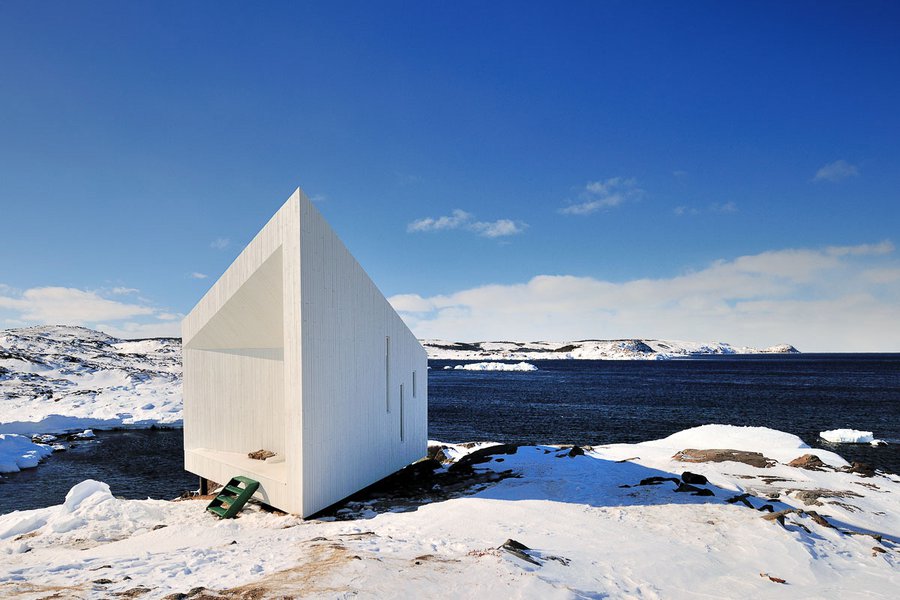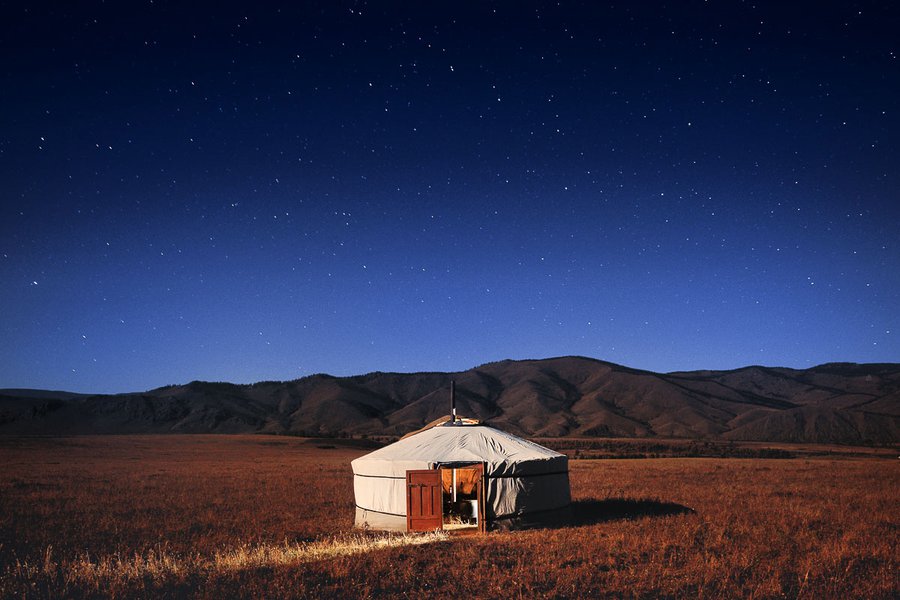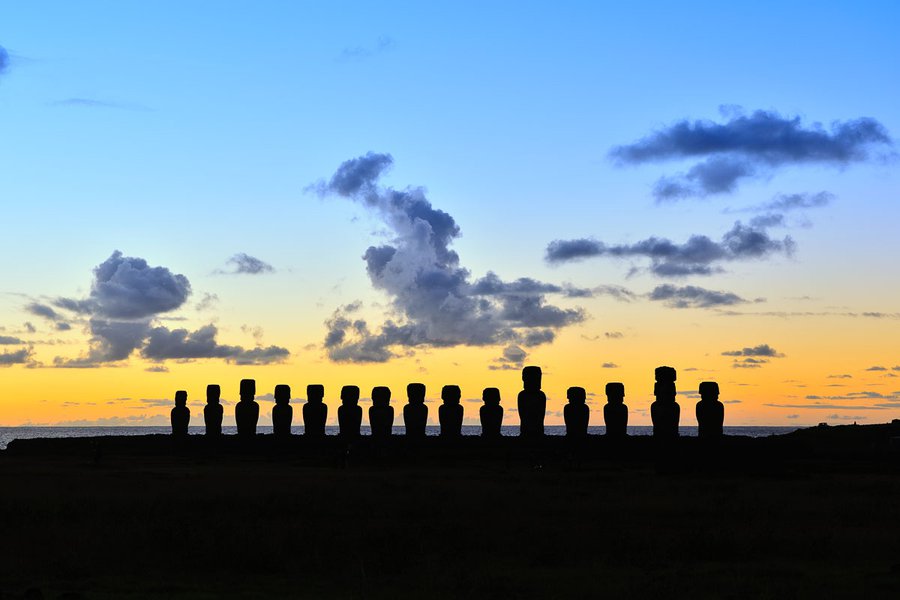Hideaway Hotels: Remote Places to Stay Around the World

Get lost under the stars in Mongolia. All photos by David De Vleeschauwer.
We're long-time fans of photographer David De Vleeschauwer's blog, Classe Touriste, which he runs with his partner Debbie Pappyn. (He also made it on our list of 24 Best Travel Photographers.) We asked him to tell us a little more about his latest, Remote Places to Stay, a 312-page hardcover featuring 22 of the world's most remote hotels.
Tell us a little about yourself.
I am a travel photographer shooting for international titles such as Monocle, Wallpaper*, National Geographic Traveller, Australian Gourmet Traveller, and Travel & Leisure.
I call Antwerp, Belgium home, but I'm out of town almost 80 percent of the year. I spent a decade traveling non-stop in search of far-flung or secret places around the world. I've slept on more than 1,000 hotel beds, taken more than 100 flights in a year, and visited almost 100 countries.
My travel philosophy is all about being independent, open-minded, discerning, opinionated, and time-intensive. This results in compelling images and unique addresses worth leaving home for. Think Arctic expeditions amongst the Inuit in Canada, a peek behind the Iron Curtain of North Korea, exotic explorations through Papua New Guinea, and island-hopping in Greece.
How would you describe your photography style?
You tell me.
What do you love most about photographing on the road?
I travel the whole world and don't specialize in any particular region — from polar destinations at -40 degrees Celsius to shooting culinary highlights in Copenhagen. I was recently on a mobile-camping safari in the Okavango Delta in Botswana with the legendary Ralph Bousfield. Last month, I enjoyed Cambodia in green season (that means no rain and less tourists). My days are never dull and there is always a new adventure waiting.
My subjects are quite broad. I shoot portraits, architecture, nature, and food. My gear changes according to the subject. Most of the time I travel with three cameras and a variety of fifteen lenses including primes, tilt-shifts, and my 2.8's. Debbie and I always travel with approximately 150kg worth of luggage in total (that's more than 300 pounds).
Which was your favorite remote destination?
We loved Mongolia, a destination still quite under the radar, except during July when the capital floods mostly with Americans wanting to see the games at the Nadaam Festival. We prefer to go in September, when the Indian summer prepares the rugged countryside for a long Siberian winter. We stayed with Eagle Hunters in the Altai Mountains, attended a small-scale hunting festival, and had time and space to enjoy the nomadic ways of life. Mongolia should be about slow travel — and not ticking off lists.
I attached a GoPro on an eagle after the festival. You need to see the video!
Where are you headed next?
Debbie and I are off to Iran this weekend; then hopping on a small cruise ship in the Mediterranean; then heading to Iceland; then Portland and Colorado; afterwards we're exploring Romania on a road trip.
Any particularly exciting or terrifying story to share from one of your remote trips?
I was shooting an active volcano on Tana Island in Vanuatu. We had to hurry because heavy rains were rolling in, and we needed to cross a river to get back to the guesthouse. I took one last shot before running down the mountain. Two minutes later, a huge explosion happened and, as we heard later on from other visitors, a massive lava rock landed right where I was standing. If it wasn't for the approaching thunderstorm, I would have been hit by rocketing lava.
Tell us about your new book.
We published Remote Places to Stay, a 312-page hardcover featuring 22 of the world's most remote hotels. late last year. Through breathtaking photos, the book highlights 22 otherworldly hotels in far-off locations where going off the map is sheer joy.
From luxurious to basic chic, from the Arctic North to the desert landscapes of Africa, and from a comfortable refuge in the Himalayas to an abandoned village in the heart of Italy. It's a distinct mix of unique outposts in remote corners of the world where a strong sense of place is still palpable. It's a solid read for anyone who believes the journey to the place is a part of the experience.
FOR YOUR BOOKSHELF
Get Remote Places to Stay, a 312-page hardcover featuring 22 of the world's most remote hotels.
Find more details about the book on Debbie and David's website.

